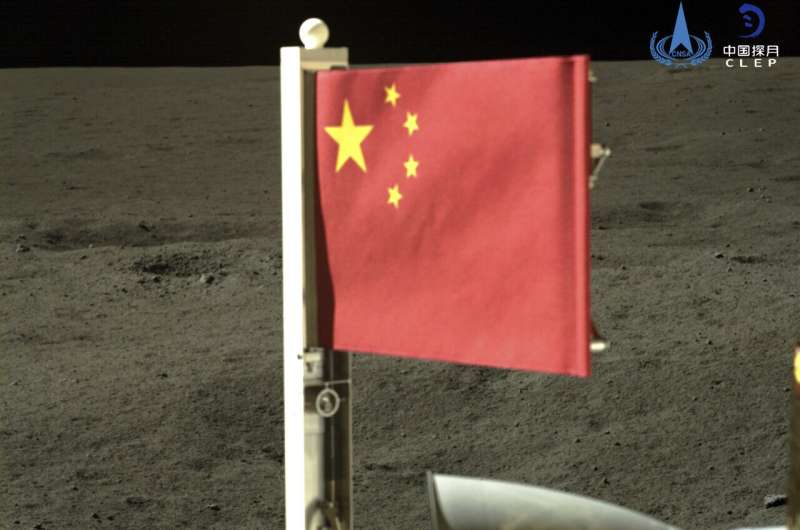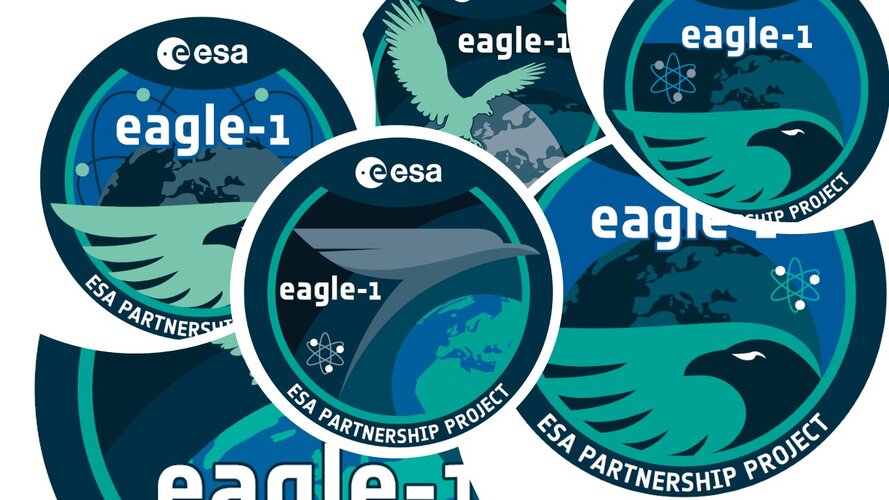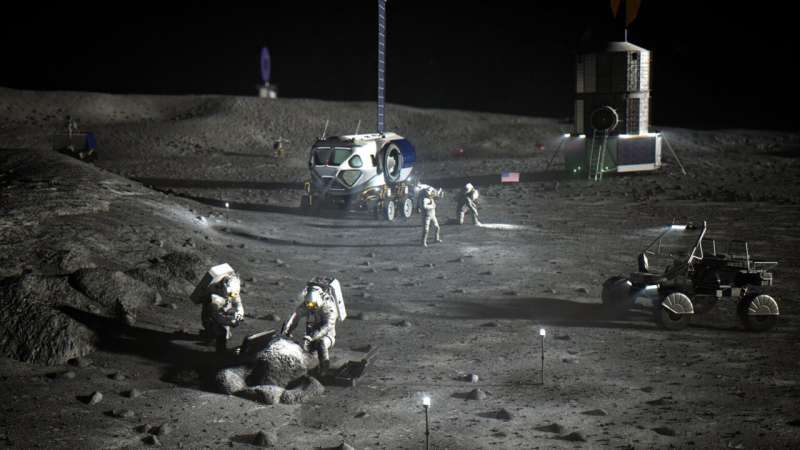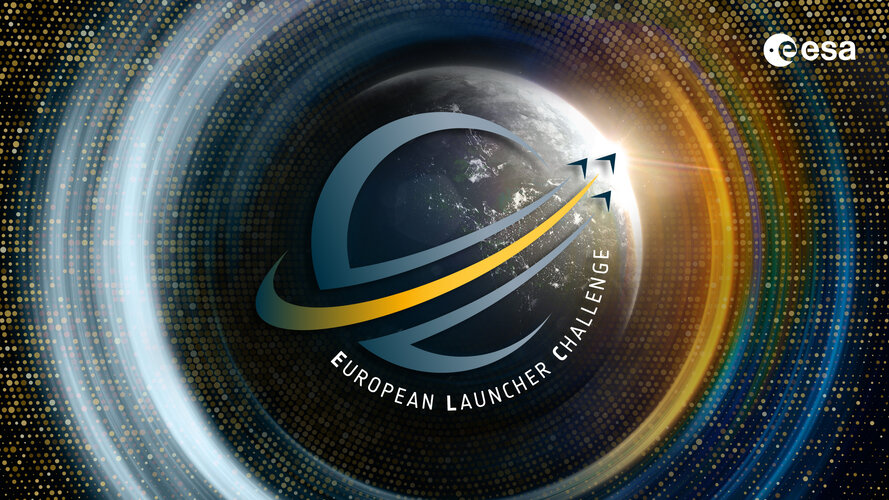AI advances research into cosmic explosions
Tuesday, 04 June 2024 10:12 Scientists at the University of Warwick are utilizing artificial intelligence (AI) to analyze supernovae, the cosmic explosions of white dwarfs.
Many stars end as white dwarfs, compact stars with the mass of the Sun but the size of Earth. Some white dwarfs explode as supernovae, releasing heavy elements like calcium and iron into the Universe, which are crucial for life. However, the exact
Scientists at the University of Warwick are utilizing artificial intelligence (AI) to analyze supernovae, the cosmic explosions of white dwarfs.
Many stars end as white dwarfs, compact stars with the mass of the Sun but the size of Earth. Some white dwarfs explode as supernovae, releasing heavy elements like calcium and iron into the Universe, which are crucial for life. However, the exact Ongoing gyroscope problem forces Hubble telescope to pause operations
Tuesday, 04 June 2024 10:12 NASA's Hubble Space Telescope again has suspended operations after entering safe mode because of an ongoing gyroscope issue that has affected the craft for the past year, according to NASA.
The telescope automatically entered the safety stage Tuesday, the agency said Friday. Gyros measure the telescope's slew rates as part of the system that determines and controls precisely the directi
NASA's Hubble Space Telescope again has suspended operations after entering safe mode because of an ongoing gyroscope issue that has affected the craft for the past year, according to NASA.
The telescope automatically entered the safety stage Tuesday, the agency said Friday. Gyros measure the telescope's slew rates as part of the system that determines and controls precisely the directi New Star to Appear in Night Sky as T Corona Borealis Set for Nova Eruption
Tuesday, 04 June 2024 10:12 Stargazers will soon witness a new star in the night sky as the binary star system T Corona Borealis (T CrB) is expected to undergo a nova eruption between now and September.
This event will make T CrB, currently too faint to see with the naked eye, as bright as the Northern Star (Polaris), offering a temporary new star visible to much of the world, including the UK.
b>Understanding
Stargazers will soon witness a new star in the night sky as the binary star system T Corona Borealis (T CrB) is expected to undergo a nova eruption between now and September.
This event will make T CrB, currently too faint to see with the naked eye, as bright as the Northern Star (Polaris), offering a temporary new star visible to much of the world, including the UK.
b>Understanding First metal 3D printing performed on ISS
Tuesday, 04 June 2024 10:12 The first metal 3D printing aboard the International Space Station took place last Thursday in ESA's Columbus laboratory module. This achievement marks a significant step forward for in-orbit manufacturing.
"This S-curve is a test line, successfully concluding the commissioning of our Metal 3D Printer," explains ESA technical officer Rob Postema.
"The success of this first print, alo
The first metal 3D printing aboard the International Space Station took place last Thursday in ESA's Columbus laboratory module. This achievement marks a significant step forward for in-orbit manufacturing.
"This S-curve is a test line, successfully concluding the commissioning of our Metal 3D Printer," explains ESA technical officer Rob Postema.
"The success of this first print, alo NYU Abu Dhabi researchers advocate for stronger sustainability regulations in space exploration laws
Tuesday, 04 June 2024 10:12 In a new study, a team of researchers led by Dimitra Atri of the NYU Abu Dhabi (NYUAD) Center for Astrophysics and Space Science calls for strengthening existing planetary protection policies to include requirements for preserving the Lunar and Martian environments. They argue that guidelines should be expanded beyond biological contamination to address issues like orbital debris, crowding, and
In a new study, a team of researchers led by Dimitra Atri of the NYU Abu Dhabi (NYUAD) Center for Astrophysics and Space Science calls for strengthening existing planetary protection policies to include requirements for preserving the Lunar and Martian environments. They argue that guidelines should be expanded beyond biological contamination to address issues like orbital debris, crowding, and Nara Space Secures $14.5M Series B to Expand Satellite Fleet
Tuesday, 04 June 2024 10:12 Nara Space Technology (Nara Space), a startup specializing in small satellite manufacturing and data analytics, announced the completion of a $14.5 million (20 billion KRW) Series B funding round. This brings the company's total funding to approximately $24.3 million (33.5 billion KRW) from previous rounds.
The new funding round included three new investors: Samsung Securities, Shinhan Ven
Nara Space Technology (Nara Space), a startup specializing in small satellite manufacturing and data analytics, announced the completion of a $14.5 million (20 billion KRW) Series B funding round. This brings the company's total funding to approximately $24.3 million (33.5 billion KRW) from previous rounds.
The new funding round included three new investors: Samsung Securities, Shinhan Ven Congressional language alters plans for NASA’s Habitable Worlds Observatory
Tuesday, 04 June 2024 09:52

Mission complete for ESA’s OPS-SAT flying laboratory
Tuesday, 04 June 2024 08:00
ESA’s experimental OPS-SAT CubeSat mission came to an end during the night of 22—23 May 2024 (CEST).
Craft unfurls China's flag on the far side of the moon and lifts off with lunar rocks to bring home
Tuesday, 04 June 2024 07:33
The Eagle-1 mission patch has landed
Tuesday, 04 June 2024 07:11
The Eagle-1 satellite team has revealed the design of their new mission patch. Originally associated with human spaceflight missions, patches are now released for a broad range of projects and expeditions. Here, we explore the development of an ESA mission patch, from concept to production.
Chang’e-6: Moon samples collected and launched into lunar orbit
Tuesday, 04 June 2024 06:57

Researchers call for strengthening sustainability regulations in laws governing space exploration
Monday, 03 June 2024 20:18
In a new study, a team of researchers led by Dimitra Atri of the NYU Abu Dhabi (NYUAD) Center for Astrophysics and Space Science call for strengthening existing planetary protection policies beyond the space surrounding Earth to include requirements for preserving the Lunar and Martian environments. In addition to biological contamination, they argue that guidelines should be expanded to address more than orbital debris, crowding, and security issues.
They also recommend adding compliance incentives to all existing and improved sustainability policies. Team members include Paulina Umansky from the University of California, Berkeley and K. R. Sreenivasan from New York University, New York.
In the paper titled "Sustainability as a core principle of space and planetary exploration" published in the journal Space Policy, the researchers present a new review of existing planetary protection laws and literature on planetary protection policy and identify key shortcomings of rules guiding human space exploration.
Space-based monitoring of electronic signals is now a commercial battleground
Monday, 03 June 2024 13:00





